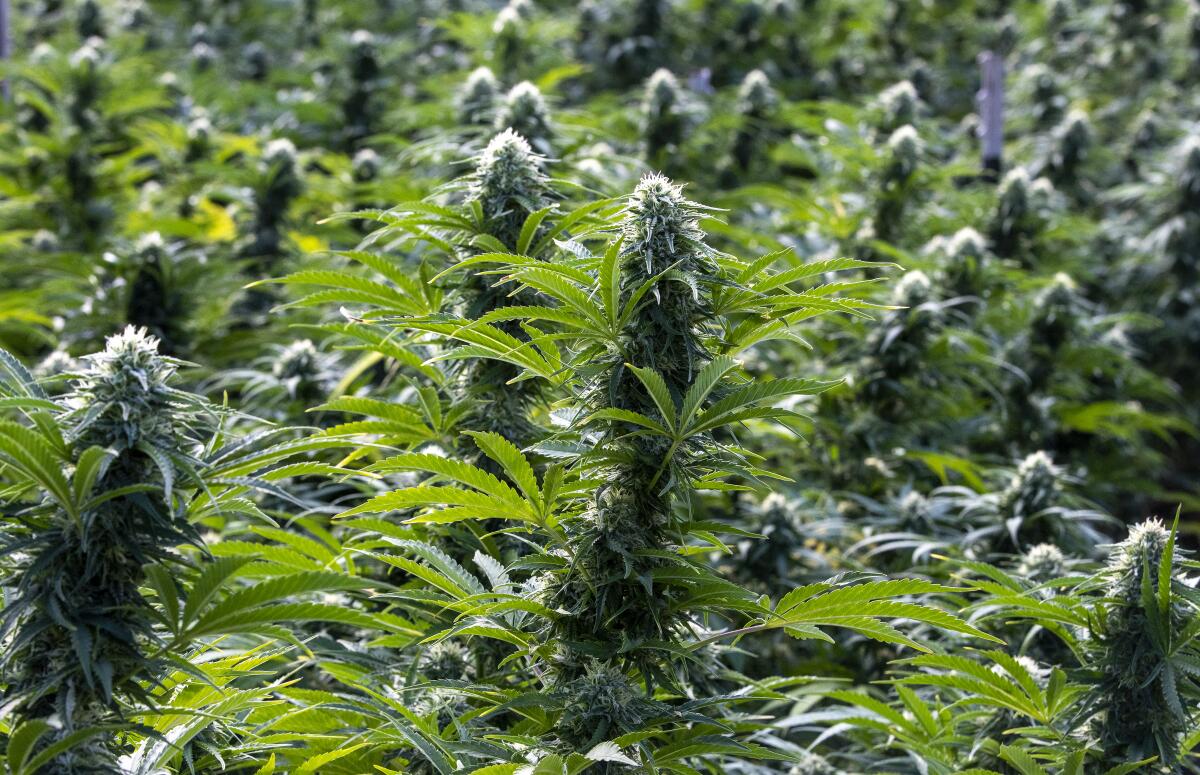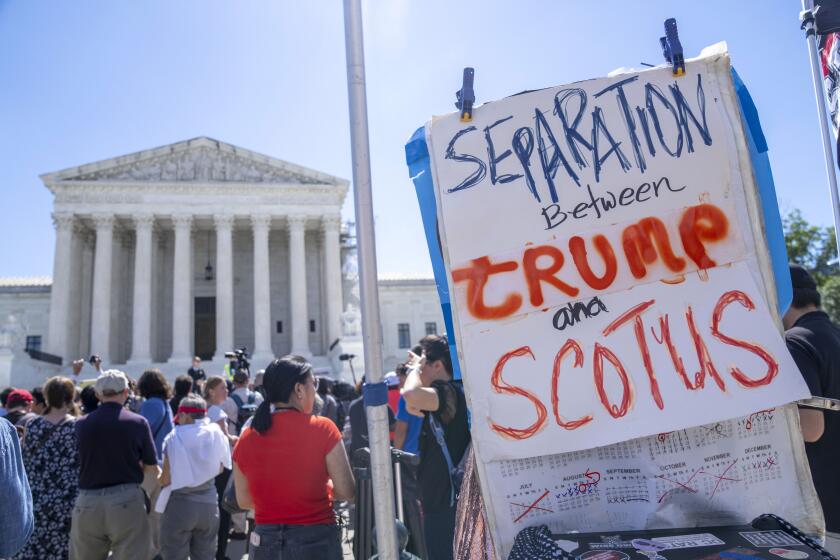Letters to the Editor: Pesticides aren’t the only problem with marijuana. Pot is bad for you

To the editor: I know reporters at The Times know the risks of using marijuana. The Substance Abuse and Mental Health Services Administration warns that marijuana use includes the following dangers:
Permanent IQ loss; depression, anxiety, suicide planning and psychotic episodes; negative impact on timing, movement and coordination; slower reactions, lane weaving, decreased coordination and difficulty reacting to signals and sounds on the road; birth defects; and relationship problems, worse educational outcomes, lower career achievement and reduced life satisfaction.
Despite all this, The Times has published articles championing all the ways to consume pot in our already troubled city.
But now that Times reporter Paige St. John and WeedWeek editor Alex Halperin have documented the additional dangers of pesticides and environmental destruction caused by California’s proliferation of pot growth, shops and consumption, The Times is sounding the alarm bell that should have never stopped ringing.
Marijuana is bad for you. If only we valued our brains, bodies and our Earth as much as we value getting high, we might explore and report on healthier ways to enjoy our state and each other.
Tori Mordecai, San Marino
..
To the editor: Your excellent investigation of pesticides in cannabis raises an issue those of us working to ban trespass cannabis grows on public lands have long known: Cartel-grown cannabis is not only finding its way into the legal market, it is a key piece of it.
Since 2018, we have been beating the drum on the national public health time bomb of illicit pesticides in cannabis. Carbofuran, a pesticide banned in the U.S and smuggled in from Mexico that is among the most toxic substances in existence, consistently shows up at grow sites. A quarter-teaspoon will kill a 400-pound black bear in minutes.
The grow sites on public lands we have seen usually contain the carcasses of wildlife, from threatened Pacific fishers to game species.
Following major national news coverage on the issue, public land growing has decreased, but cartels now have moved their operations, and their poisons, to private lands within communities.
While the majority of illicit cartel cannabis is shipped to cities in the Midwest, a percentage remains in California and is widely available. The only real solution to this is enhanced testing of every product going into dispensaries, the closing of retail outlets that violate the law and increased enforcement against illicit cartel production.
Richard McIntyre, Sacramento
The writer is director of the Cannabis Removal on Public Lands Project.






